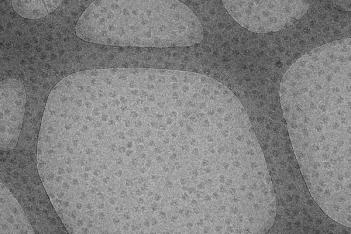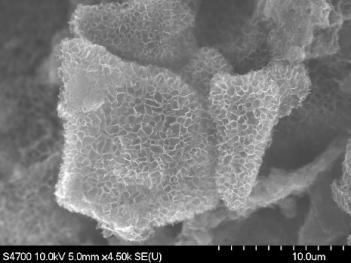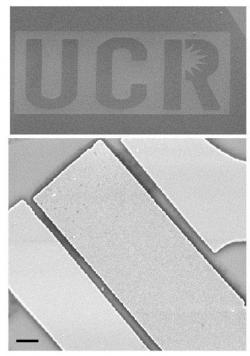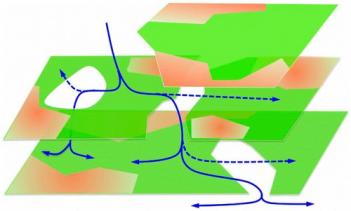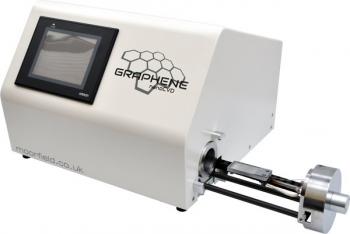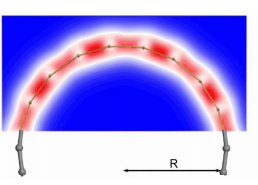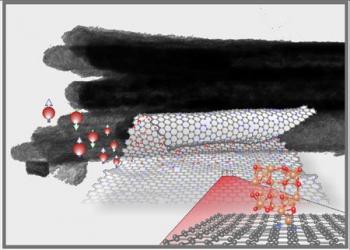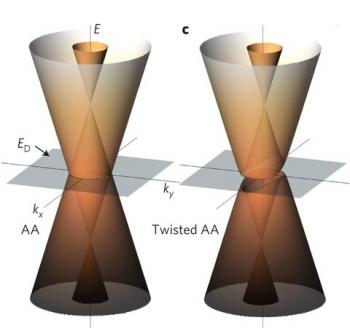Researcher develop a simple and mature technology for graphene inkjet-printing
Researchers from Sweden demonstrated a simple and mature technology for inkjet printing of high quality few-layer graphene.

The researchers exfoliate graphene from graphite flakes in dimethylformamide (DMF), and then DMF is exchanged by terpineol through distillation (there is a large difference between DMF's and terpineol's boiling points). Terpineol is of much lower volume than DMF and so the graphene is significantly concentrated. Terpineol is also non-toxic and features high-viscosity.
